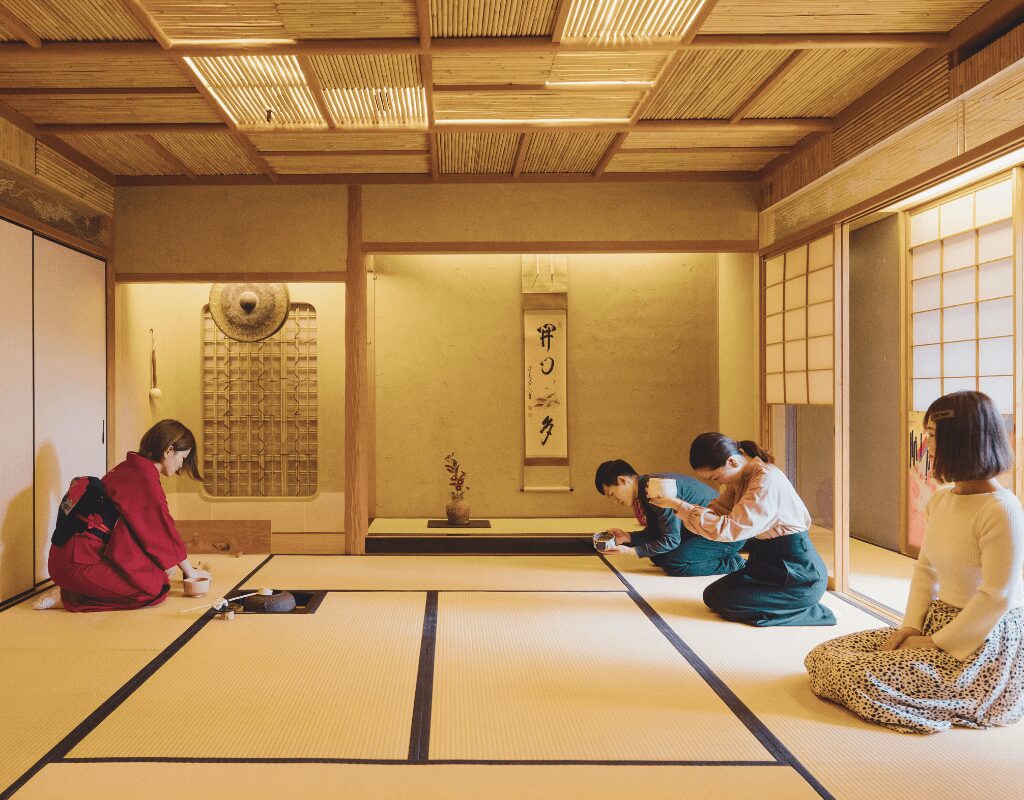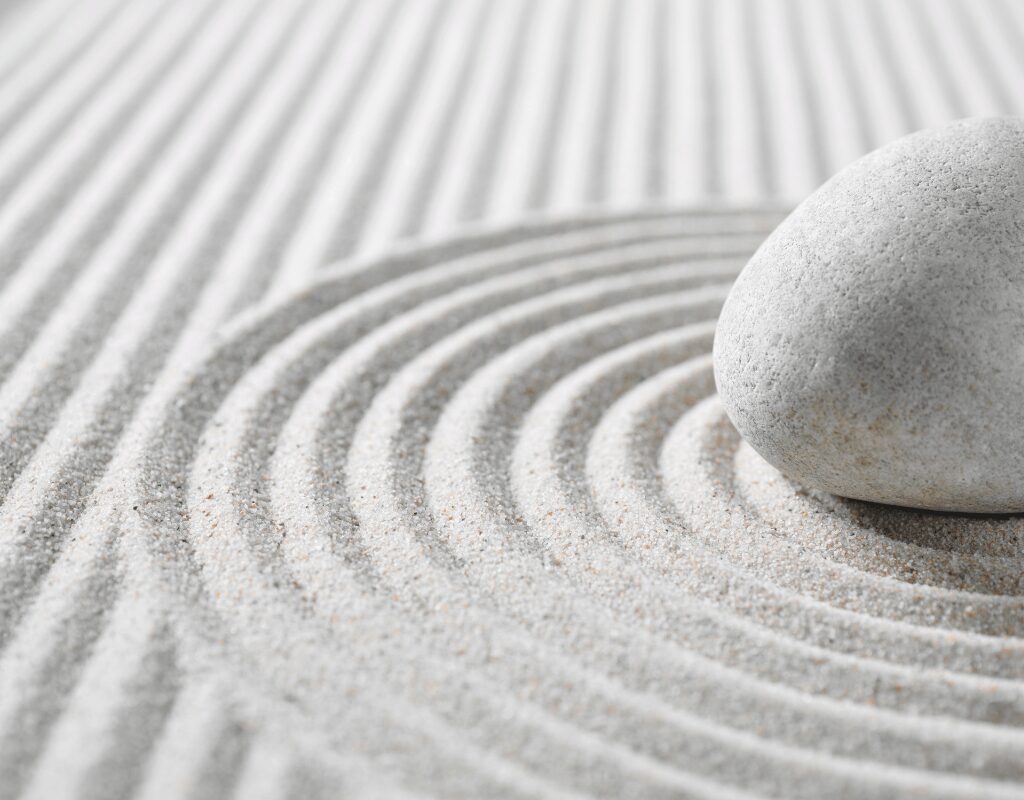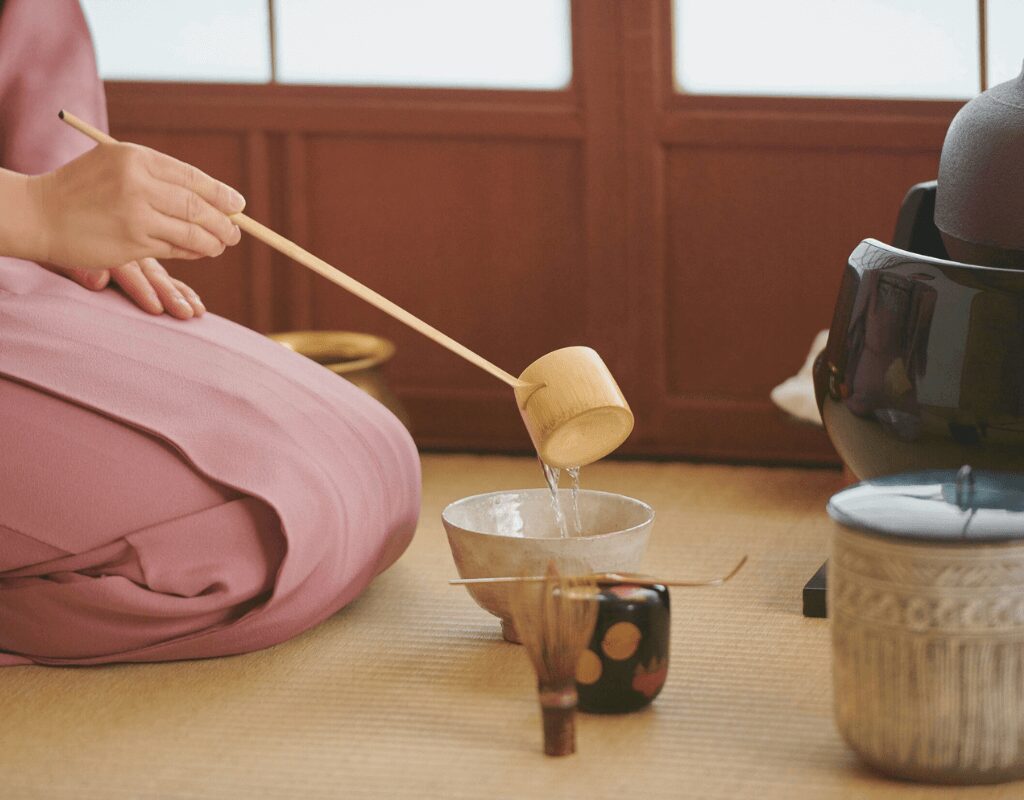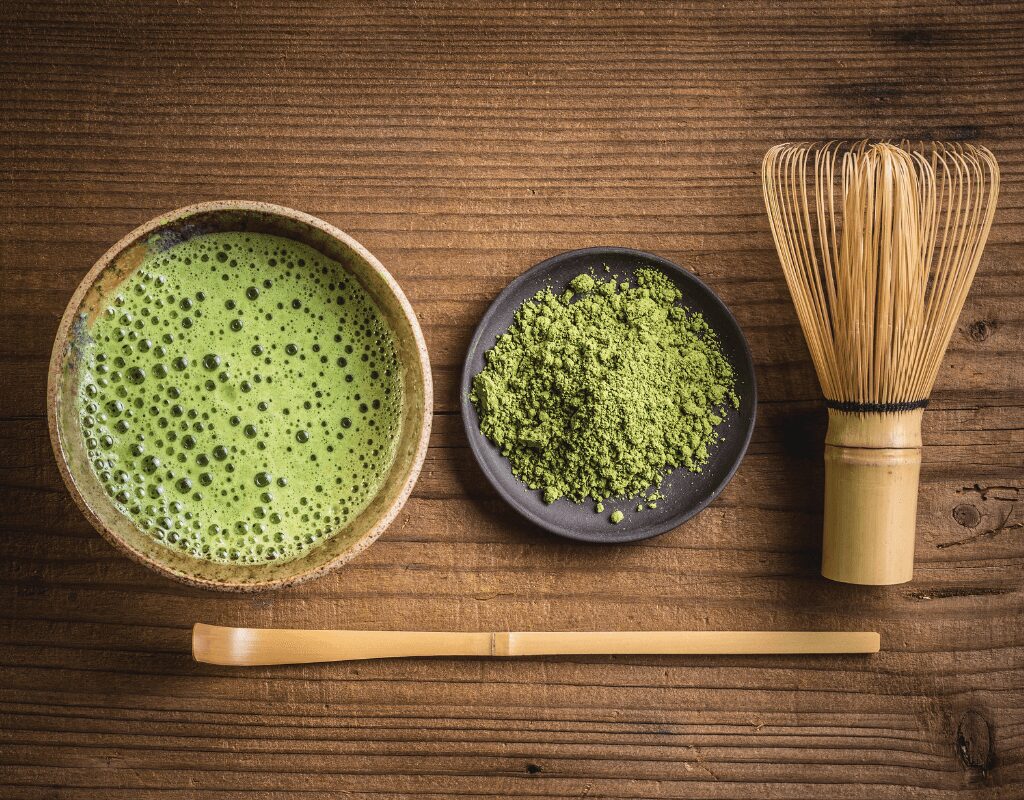Have you ever wondered what the Japanese tea ceremony is really about? Maybe you’ve seen people in kimono making tea in a calm, quiet room, but didn’t know what it all meant.
The tea ceremony, or sadō (茶道), is more than just drinking tea. It’s a beautiful part of Japanese culture that teaches mindfulness, respect, and the value of each moment. Even if you don’t speak much Japanese, you can enjoy and learn from this tradition.
This is Part 1 of a series introducing the Japanese tea ceremony. In this part, you’ll learn about its meaning, history, and the main schools that keep the tradition alive today.
Table of Contents
Profile of Writer
Supervisor
Ryokufu Iwasaki
Traditional Japanese culture educator;
After gaining experience as a Japanese language teacher overseas, began sharing traditional Japanese culture with foreigners in Japan—offering lessons in calligraphy, tea ceremony, flower arrangement, kimono dressing, and Japanese cuisine.
Now working independently, with a main focus on calligraphy performances, calligraphy instruction, and the tea ceremony.
Actively engaged in passing on Japanese culture to the next generation and sharing it with the world.
If you’re interested in learning more about Japanese culture, check out the article below.
Chapter 1: What is the Japanese Tea Ceremony?
The Japanese tea ceremony, called sadō (茶道), is a traditional Japanese art. People prepare and serve tea to guests with care, showing beauty, respect, and deep thought in every step.
The tea ceremony doesn’t just teach how to drink tea. It also teaches how to live with mindfulness and respect.
One important idea in tea ceremony is ichigo ichie (一期一会). This means “one time, one meeting.” It reminds us to value each moment and each person because that meeting may never happen again.
Every move in the tea ceremony has a meaning. It helps us focus on the present moment and be aware of our actions.
Through tea, you can also understand Japanese ideas of beauty—quietness, kindness, and graceful movement.

Chapter 2: The History and Background of the Japanese Tea Ceremony
Sen no Rikyū
Sen no Rikyū was a famous tea master in the 16th century. He changed tea gatherings from fancy and rich to quiet and simple. He created a style called wabi-cha, which focused on peace and simplicity.
Rikyū believed that the most important part of tea ceremony is warm, heartfelt hospitality—not how things look on the outside.
Zen and the Tea Ceremony
The tea ceremony connects closely with Zen, a form of Japanese Buddhism. Zen teaches people to stay in the present moment. The tea ceremony also teaches this by removing extra things and helping you focus on each action.
Many people use tea practice to find peace. It helps them step away from busy life and quietly spend time with themselves.
Wabi and Sabi
Two important ideas in tea ceremony are wabi (侘) and sabi (寂), which show a unique sense of Japanese beauty.
Wabi means finding quiet, inner beauty in simple or imperfect things.
Sabi means feeling the beauty that time and aging bring, like the charm of something old and worn.
For example, people may see beauty in a chipped tea bowl or a faded hanging scroll. The tea ceremony teaches us to appreciate these quiet, deep feelings. These ideas also shape many parts of Japanese culture.

Chapter 3: Main Schools of Tea Ceremony
There are many different schools of tea ceremony, but the three most famous ones are known as the San-Senke (三千家), or “Three Sen Families.” These schools all come from the tradition of Sen no Rikyū, and each one teaches its own unique style of tea.
Omotesenke (表千家)
Omotesenke follows a traditional and formal style. It stays close to Rikyū’s original teachings and is a great place to learn the basic spirit and form of the tea ceremony.
Urasenke (裏千家)
Urasenke uses a more flexible and modern approach. Many beginners and foreigners find it easy to join, and its classes often feel more open and welcoming.
Mushakouji-senke (武者小路千家)
Mushakouji-senke values a natural and relaxed way of practicing tea. It encourages personal expression and a deeper focus on inner beauty during the tea ceremony.

Hope you enjoy this guide. To read part 2, please check the article below.



